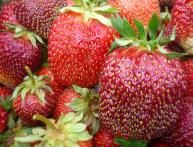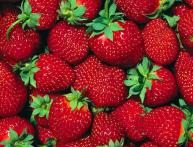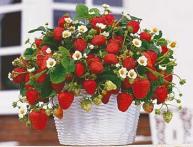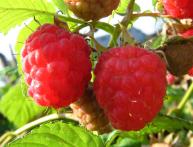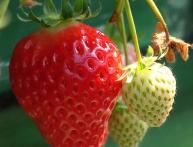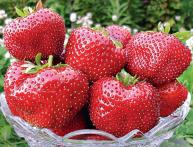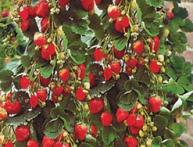Ampel strawberries and their cultivation
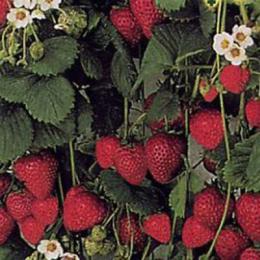
Strawberries are one of the most delicious and healthy berries. Every gardener tries to get as much of her harvest as possible because literally everyone loves her, both adults and children. Previously, we grew ordinary garden strawberries, which bear fruit only once a year. Then remontant varieties appeared, some of which produce two harvests a year, and some of which bear fruit continuously from June to October. These include strawberries ampelous It differs in that it produces many whiskers that bloom in the same year.
It is recommended to grow ampel strawberries on high beds or in flowerpots. Sometimes it is cultivated directly on balconies, and some varieties can even be grown as a houseplant. To prevent the plant from freezing over the winter, it can be brought onto a glassed-in balcony or unheated veranda. The beds can be covered with dry leaves or film. In the latter case, the shelter must be removed in early spring so that the plants do not have time to dry out or burn. Ampelous strawberries, like other species, do not require excessive fertilization, otherwise the foliage will grow well to the detriment of the ripening of the berries.
But frequent loosening the soil and regular watering is necessary. Fertilizers need to be chosen special for strawberries and carried out feeding no more than twice a month. As for specific varieties, we can name “Pink Panda”, “Duchenia”, “Rimona”, “Clatter Star”, “Frapedula”. It is not always possible to buy seedlings; you have to grow from seeds. And this task is not very simple. Seeds cannot be planted in the ground; they must be grown in a mini-greenhouse and watered only with a spray bottle. Be patient, the seeds are difficult to germinate.

